15 Common Cocktail Categories Explained - Know Your Type of Drink
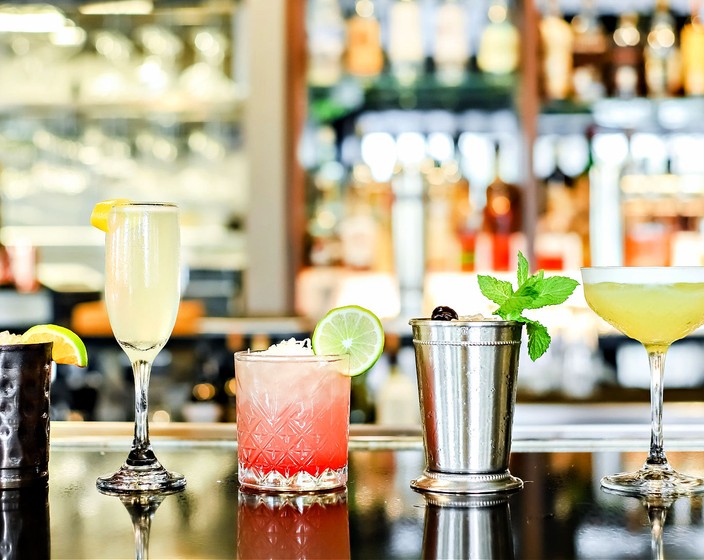



Are you a cocktail enthusiast who needs help understanding the various categories, ingredients, and types of drinks? Or, perhaps, you're just starting your journey in home mixology and want to educate yourself about all the main cocktail types. In either case, we got you covered. We've broken down all the essentials and explained how each type of drink differs, including some of the most popular cocktails in each category.
This guide is perfect for those who want to jump-start their mixology knowledge or spice up their tried-and-true favorites with something new. It’s time to up your knowledge and become a true connoisseur. Happy sipping!

According to Collins Dictionary, ‘ancestral’ means descending from ancestors or serving as a forerunner, prototype, or inspiration. This definition perfectly explains ancestral cocktails - the original classic mixed drinks passed through generations.
Ancestrals are usually made with a base spirit, a sweetener like a simple spirit, or a sweet liqueur, ice, and bitters. The two most popular ancestral cocktails are the Old Fashioned and the Sazerac.
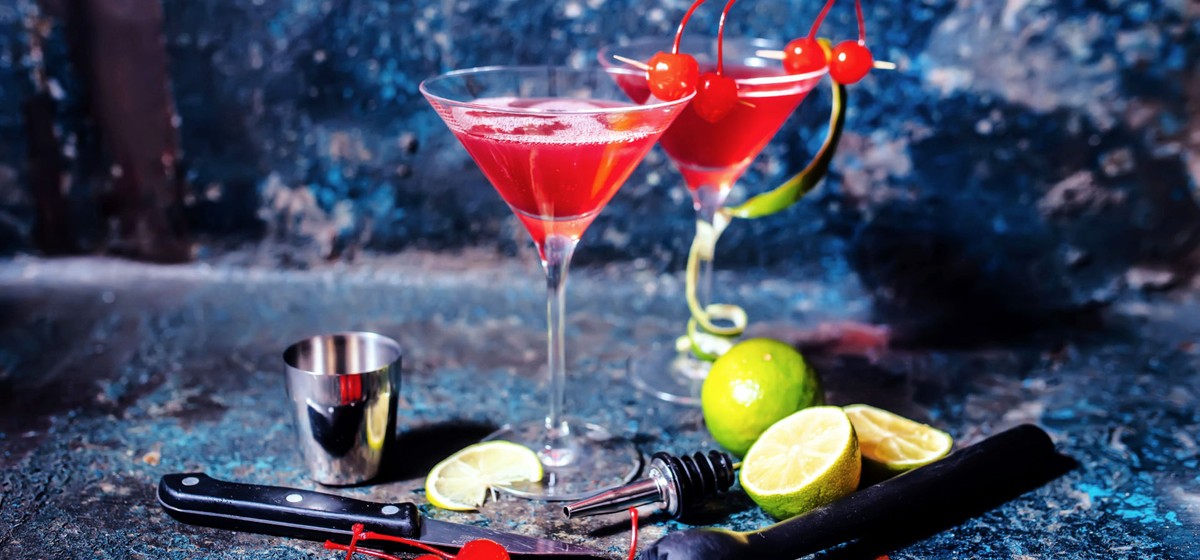
Sours usually contain a base liquor, sweetener, and citrus juice (lime, lemon, or grapefruit). Sours belong to a family of old original cocktails and are first mentioned by Jerry Thomas in the 1862 book ‘How to Mix Drinks”.
Sours are typically further broken down into two subcategories - simple and complex.
Simple Sours contain base liquor, citrus juice, and sugar. Whiskey Sour and Daiquiri are the most typical representatives of this subcategory.
Complex Sours also contain a base liquor and citrus juice, but sugar is substituted for a sweet syrup, liqueur, or another sweetener. Some classic examples of this subtype are the Sidecar, the Last Word, and the Cosmopolitan.
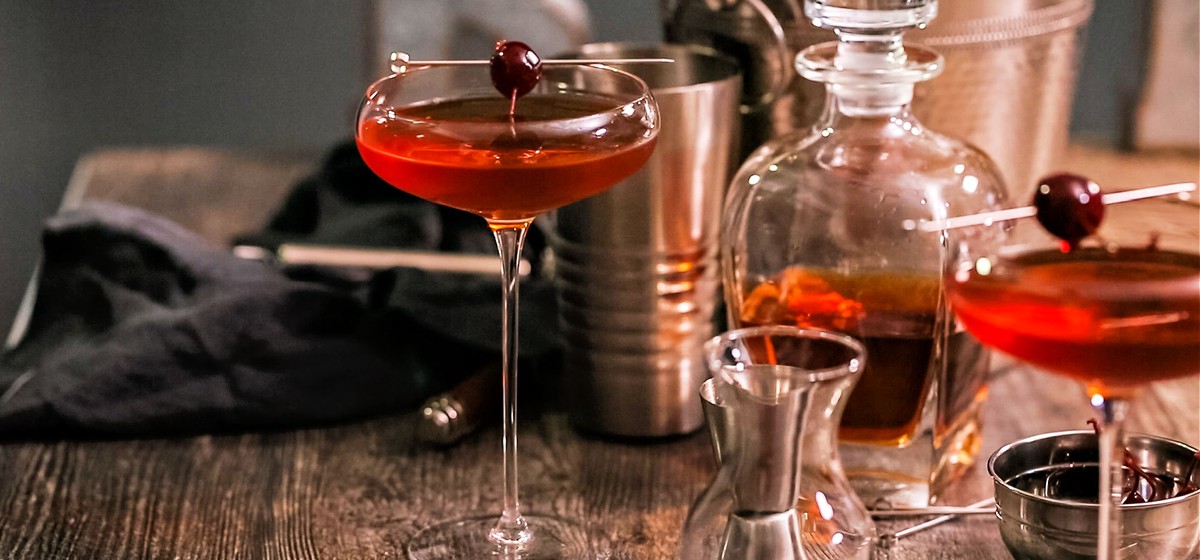
Spirit Forward Cocktails entered the picture around the 1880s when bartenders started mixing vermouth and some other fortified wines into Ancestral cocktails.
Spirit Forward Cocktails usually contain a base liquor with the addition of vermouth, sherry, or port. These drinks are stirred and served neat or on the rocks. They are quite strong with a complex and rich layered flavor.
Some classic Spirit Forward Cocktails are the Negroni, and the Manhattan.
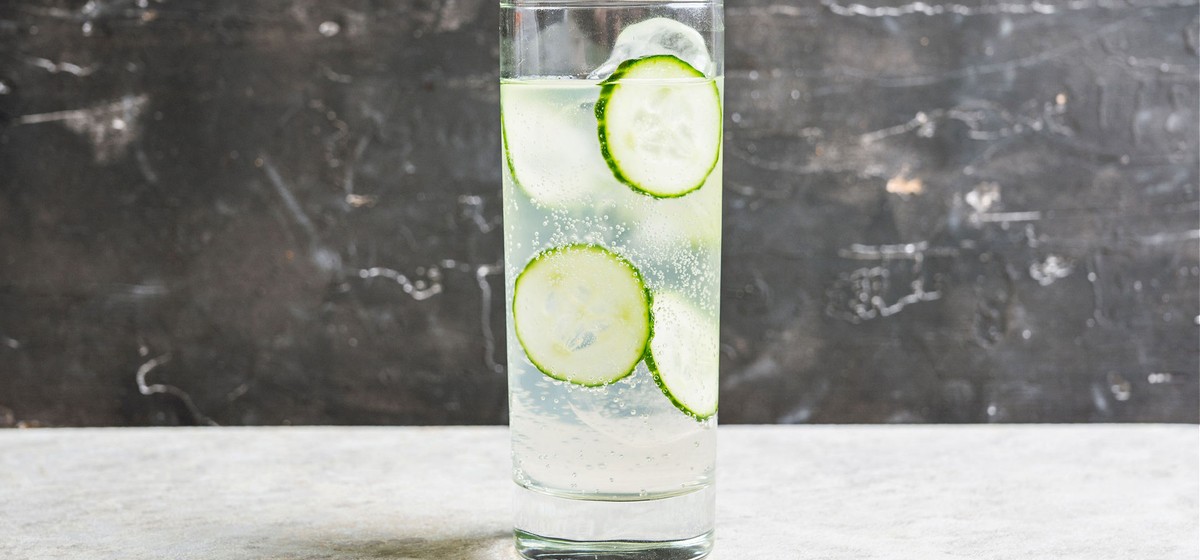
Highballs are the most basic two-ingredient cocktail consisting of two to three ounces of base liquor and double that of an alcohol-free mixer, usually a carbonated drink or juice. Popular Highballs include straightforward classics like Rum and Coke, Vodka Soda, Whiskey Ginger Ale, and the Screwdriver.
Two-ingredient Highballs with an extra ingredient such as juice, liqueur, or a garnish is classified as Complex Highballs. Some famous Complex Highballs are the Cuba Libre, the Americano, and the Dark and Stormy.

A Collins is a basic Highball with added lemon juice and sugar. Another way to look at a Collins cocktail is as a Sour served in a tall glass over ice and topped with a carbonated soft drink. Collinses are also often classified as Fizzes, the same basic combination of alcohol, citrus juice, sweetener, and sparkling water.
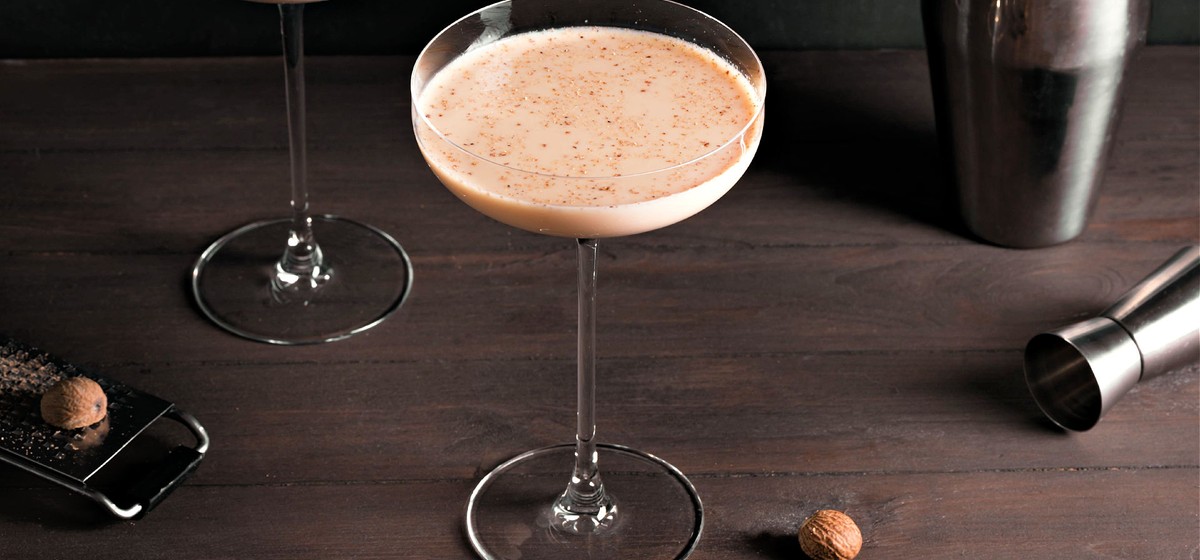
Duos and Trios are a family of mixed drinks named by Gary Reagan’s “The Joy of Mixology.”
The defining characteristic of this type of cocktail is using sweet liqueur as a major ingredient. These drinks are sweeter than Ancestrals or Spirit-Forward cocktails, also containing liqueur but in much smaller proportions.
Duos consist of a base spirit and a sweet liqueur; Trios are a desert-style cocktail made of a base spirit, liqueur, and cream or Irish cream-style liqueur. The popular cocktails in this category include the Stinger, the Brandy Alexander, the Black Russian, and the French Connection.

Juleps and Smashes fall under the same category but are slightly different. Every Smash is a Julep, but not every Julep is a Smash.
Julep has an older history, having originated sometime in the 1700s. It has since become the official drink of the Kentucky Derby; a Julep is a fussy drink; it calls for bourbon, muddled mint, and sugar or simple syrup, and it must be served in a classic silver julep cup.
Smash has less strict parameters. It doesn’t need a special serving cup and usually incorporates some seasonal fruit or citrus.
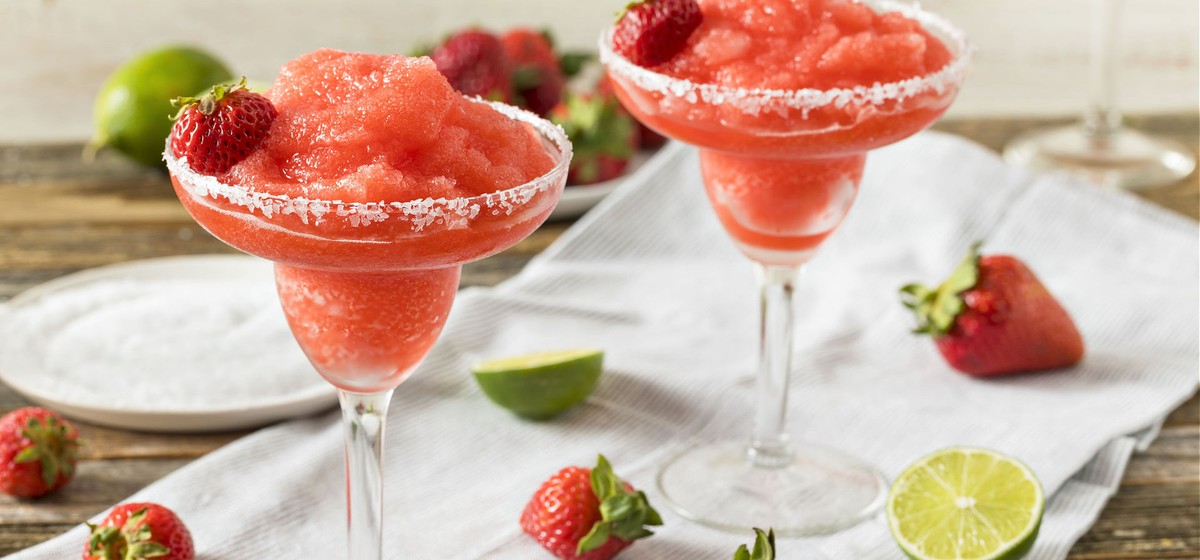
A Frozen cocktail is a type of slushy made with alcohol. Frozen cocktails were originally made with shaved ice but gained popularity after an electric blender's release in 1937.
Frozen Margaritas and Daiquiris are the most popular cocktails in this category.
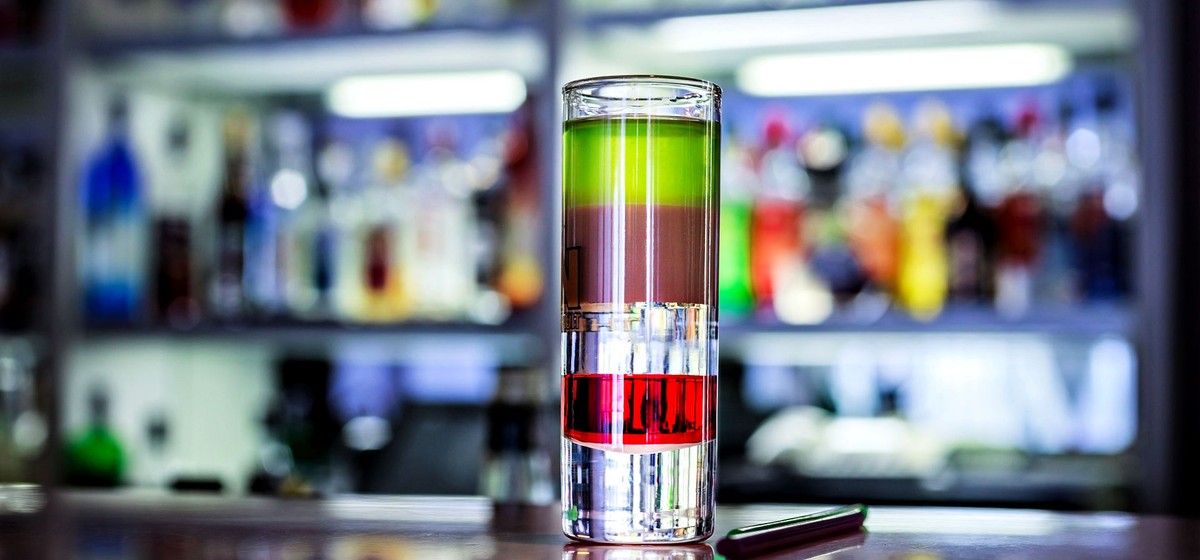
Invented in 19th century France, Pousse Café is an after-dinner alcoholic drink consisting of several layers of different liqueurs, usually of different colors.
Pousse Café literally means “coffee-pusher” in French. Originally, this cocktail was served as a digestive. It often includes maraschino liqueur, cognac, Chartreuse, and various syrups.
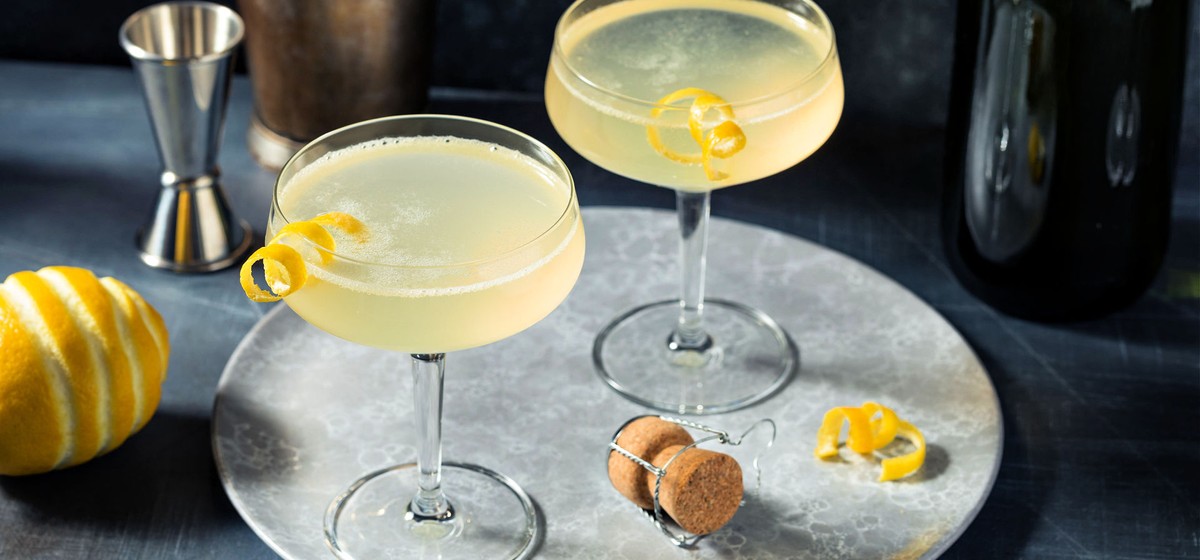
Any cocktail made with champagne or sparkling wine falls under this category.
A French 75 or an Old Cuban come to mind when you think of champagne cocktails. But a splash of champagne can add something extra to a Manhattan, and a dash of prosecco added to a Negroni makes it into a decadent Negroni Sbagliato.
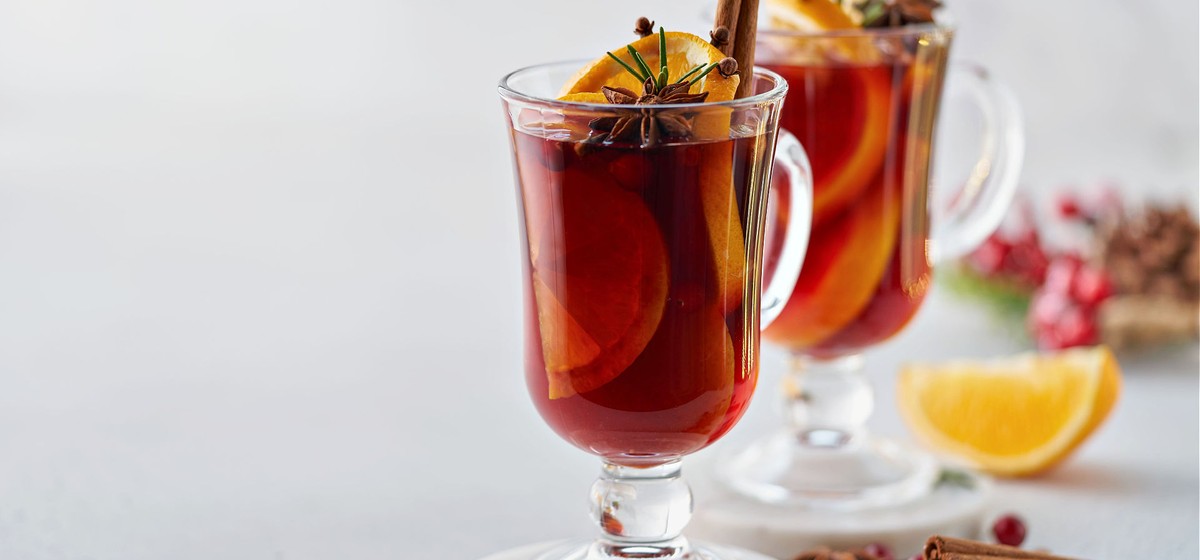
These are the hot boozy concoctions usually served in the called months. It includes everything from a simple Irish Coffee and Hot Toddy to Hot Buttered Rum and Mulled Wine.
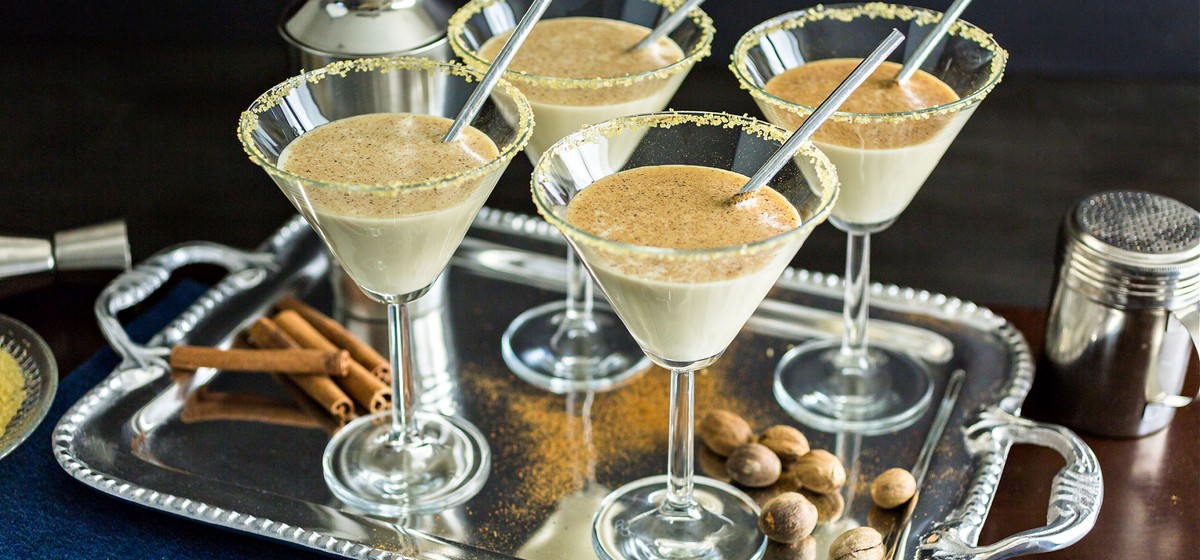
Flips and Nogs are defined by one ingredient - whole eggs. The primary difference between these is that Nogs require milk or cream in addition to whole eggs, and Flips do not.
Nogs are heavier than Flips and are more popular during the cold months. Flips, while still boasting a nice texture, are on the lighter side and can also be enjoyed during warmer months.
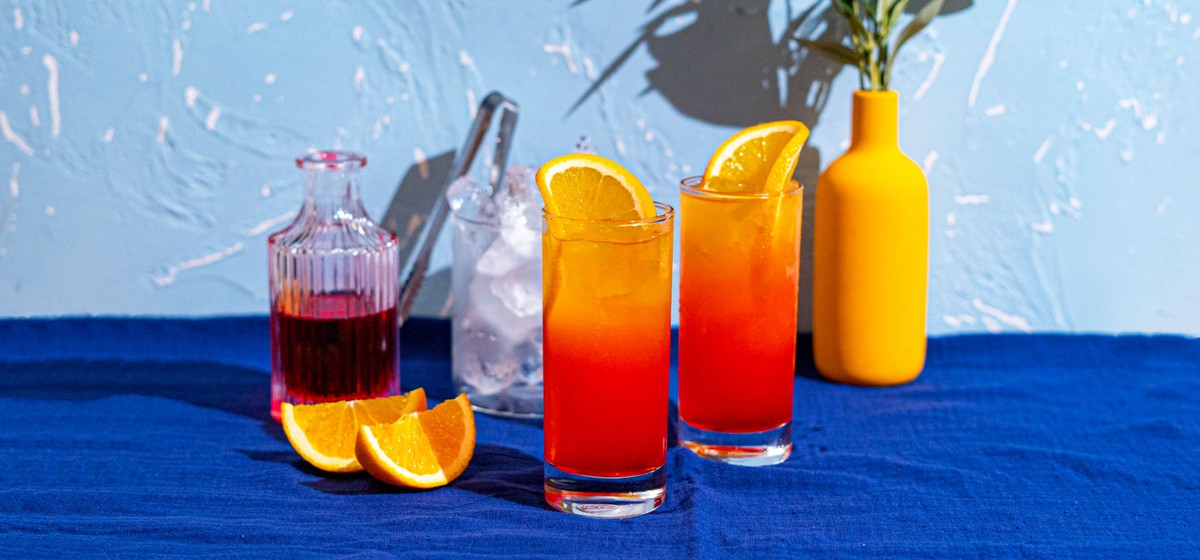
A tiki cocktail is usually made with rum, tropical fruit juice, coconut, sweet syrups, and liqueurs. Cocktails in this category are typically colorful, sweet, and generously garnished with fruit.
Some popular Tiki cocktails include the Piña Colada, Sex On The Beach, and Mai Tai.
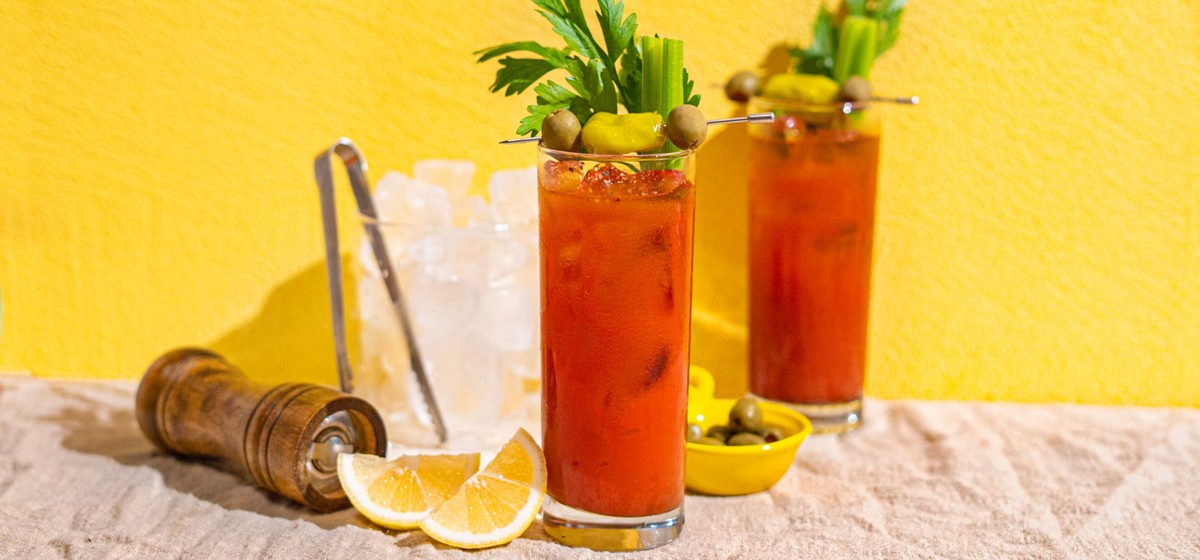
Not everyone considers savory drinks a category of their own, but they do have some common characteristics.
Savory cocktails, often called Snappers, usually include a base liquor, vegetable juice, pickle brine, Worcestershire sauce, hot spices, and a vegetable or herb garnish. The two most famous savory cocktails worldwide are Bloody Mary and the Red Snapper(similar to Bloody Mary but made with gin instead of vodka).
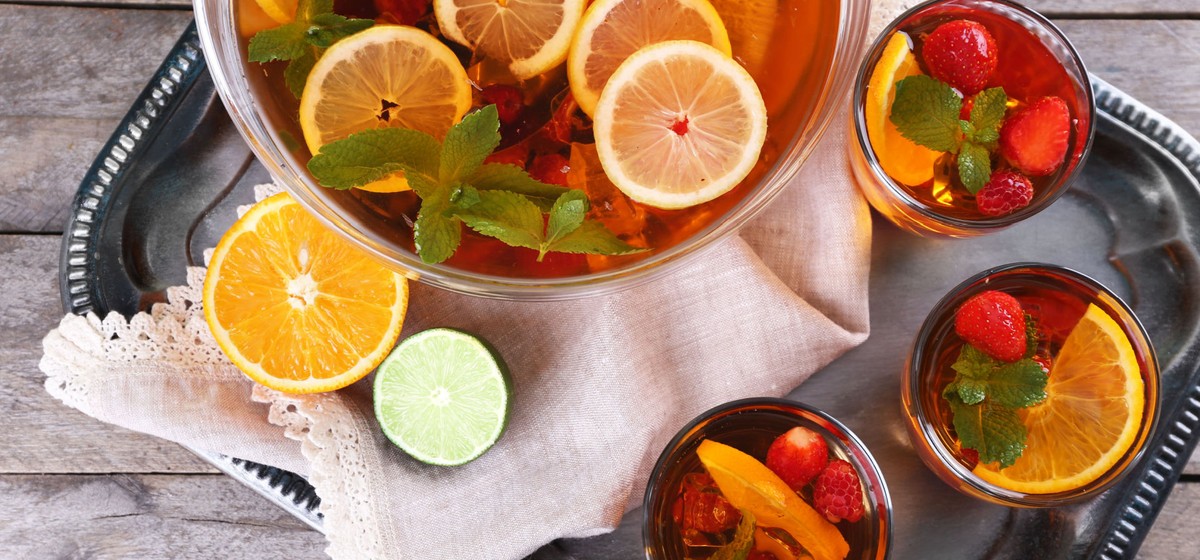
All the cocktails in the categories above are usually prepared as single servings. Punch, however, is a big batch party-friendly concoction that has been around for a very long time.
There are many ways in which punch can be tweaked to your liking, your party theme, or the preferred alcohol content.